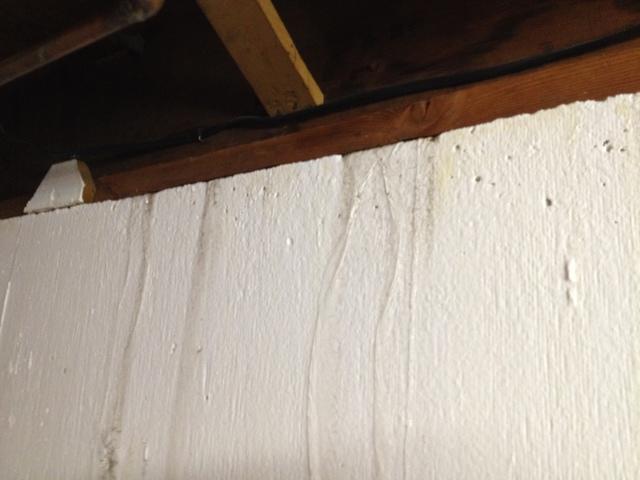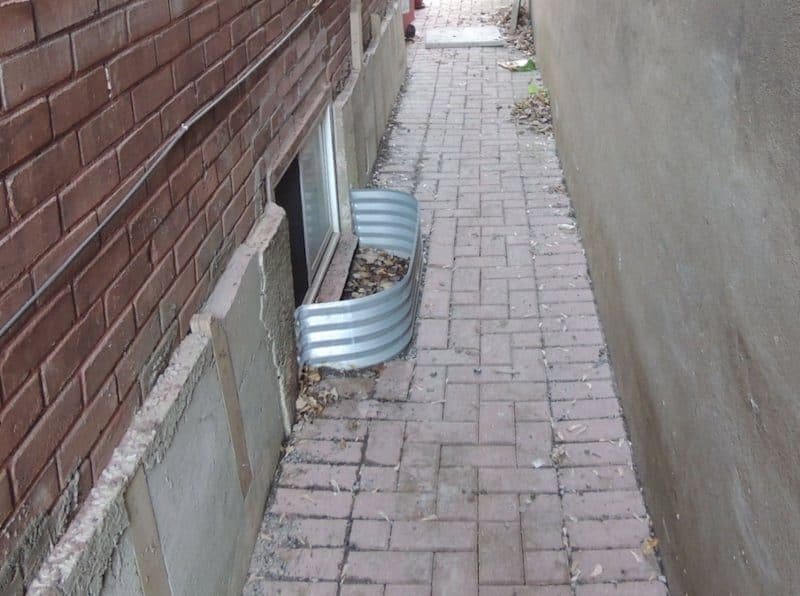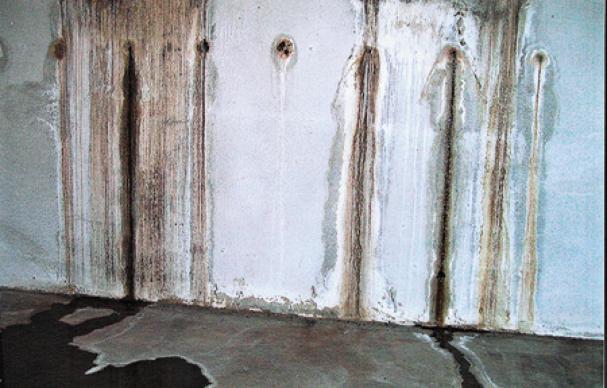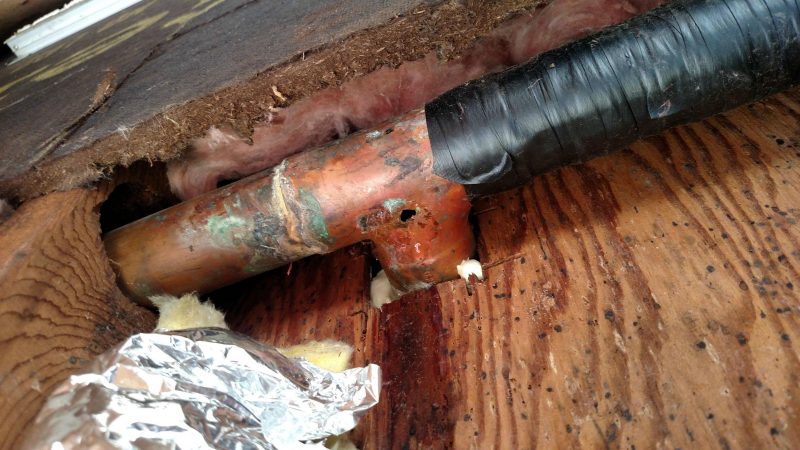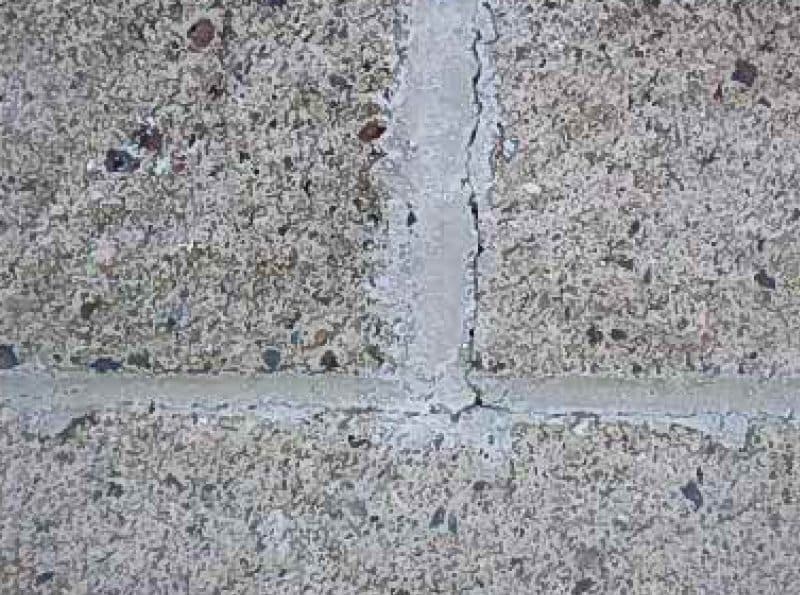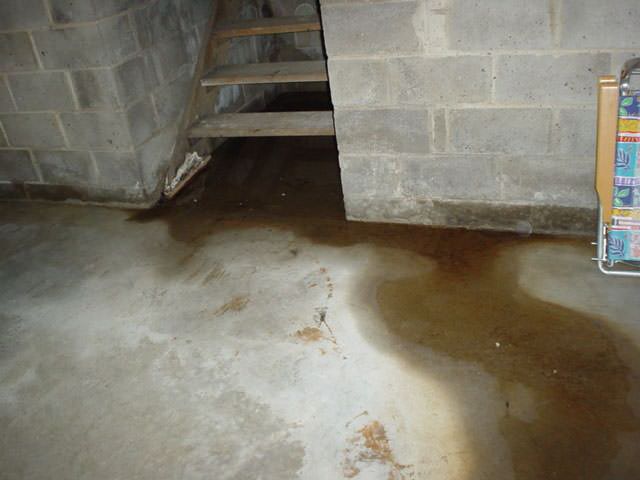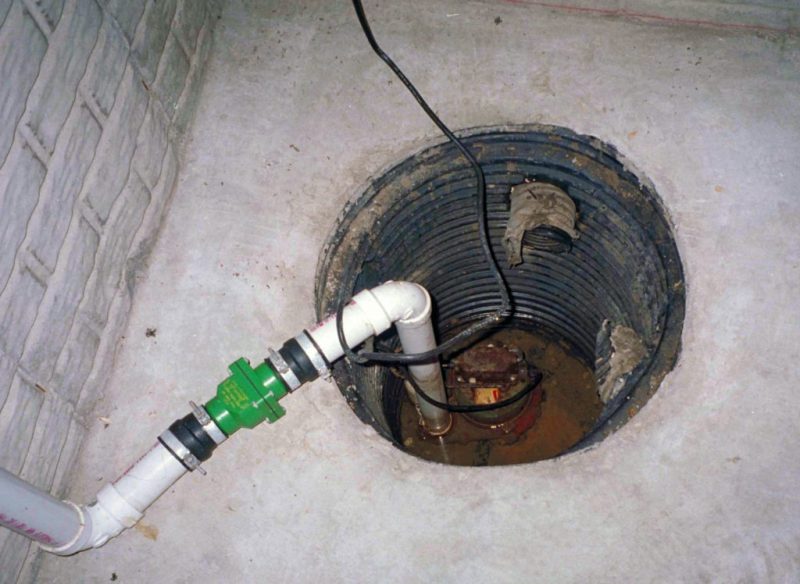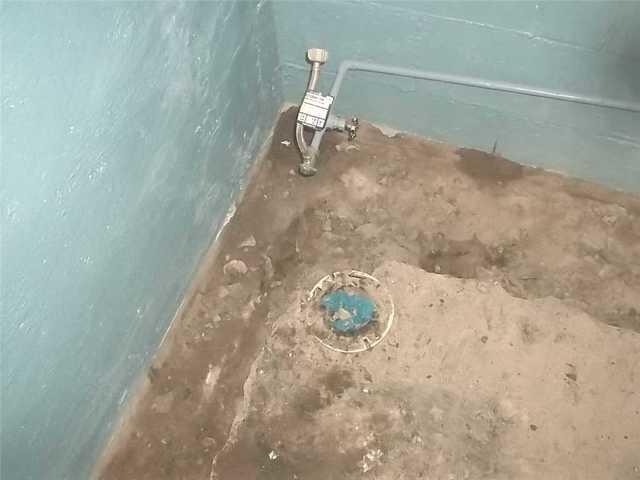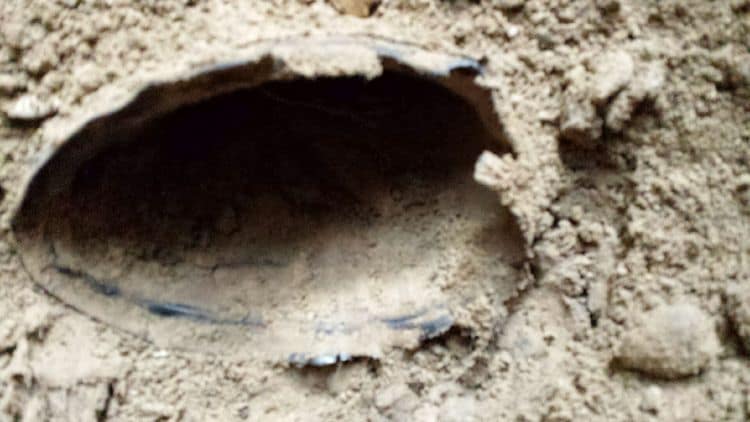Here in Toronto, installing weeping tile systems on the exterior of the foundation wall is a must if you will be waterproofing the exterior of your home’s foundation. Toronto is built on top of a large water aquifer, with hundreds of underground waterways. Many areas of Toronto also have high water table issues, where a good thunderstorm can wreck havoc on a home’s foundation. An exterior weeping tile system will remove the water buildup on the outside of your foundation and carry it away safely from your home.
When contractors dig out for a basement, they inevitably remove more earth than is strictly necessary. This could be because the soil is unstable, and they do not want it to collapse against a “raw wall”. It’s usually also to make space for a weeping tile system that can help keep the basement dry forever by removing water from outside your foundation wall so it cannot seep into your basement.
An exterior weeping tile system works in similar fashion as an interior weeping tile system, except that water is removed before it has a chance to seep into your foundation walls. Usually, an interior weeping tile is used when, for whatever reason, the exterior of the foundation cannot be dug out and waterproofed properly.

Interior Weeping Tile
Once the exterior weeping tile system is installed, contractors backfill the space with the soil they dug out previously. Strictly speaking, they should tamp it down as the wall builds up to ground level – and then cover it with a sloping hard-standing to lead the water away from the foundation. Less diligent contractors simply pour in barrow-loads of loose soil at the end of the job, tidy up, request payment and go. This will inevitably lead to water build up against your foundation, and eventually more water leaking through the foundation.
Installing an exterior weeping tile system is a fairly big job as you will need to dig out the foundation of your home, which is why it is very (and I stress very) important to have the exterior weeping tile system installed properly the first time as the only remedy for an improperly installed exterior weeping tile system is to dig out the foundation again and fix it.

Exterior Weeping Tile System
Water inevitably finds its way down into the ground to reach the outside of a basement wall, no matter what a homeowner tries to do. If it’s not percolating down through the backfill, then it’s seeping between the strata towards it anyway. When that happens, you have only two defenses:
1. A solid, crack-free, fully waterproofed intact structure comprising walls, floor and sometimes concrete ceiling.
2. A set of weeping tiles installed all around the outside of the foundation, to lead ground water away before it causes damage.
*Weeping tiles are an essential belt-and-braces feature of any well-designed basement. That’s because earth expands, shifts and contracts, and inevitably challenges the structure’s own defenses.

Exterior Weeping Tile System Diagram
How Do Weeping Tiles Work?
Don’t be confused by the term “weeping tile”. Weeping tiles are not tiles at all (although they were once perforated pipes made from clay). These days, weeping tiles are made from 4” diameter plastic pipe regularly punched with holes. The idea being that ground water will find its way into them through the holes, and then follow a gentle incline until it discharges naturally (or enters a sump pump for pumping out).
Before the plastic pipes are buried, they are covered with a long open “sock” or overlapping socks made from rot-proof permeable material. This prevents the earth from clogging up the holes, much in the same way as the original weeping tiles may have kept the underground ditches clear.
Weeping tile systems also need to be graded properly so that water in the pipes will make its way towards the final discharge point.
 Having Weeping Tile Problems?
Having Weeping Tile Problems?
This is most likely because the long, open socks (or holes in old clay pipes) have become clogged. These days, this can largely be avoided by covering the pipes with fine gravel. Unfortunately, when they do clog there’s little option but to dig them up and lay in new ones. If installed properly, an exterior weeping tile system should work fine for many years.
Have questions about installing an exterior weeping tile system or repairs to your existing system? Nusite Waterproofing has been installing and repairing exterior weeping tile systems in Toronto for over 30 years. We have an A+ Rating with the BBB and are a top rated waterproofing company in Toronto on Homestars. We offer free, in-home estimates and inspections and can point out where and how water is entering your basement.



